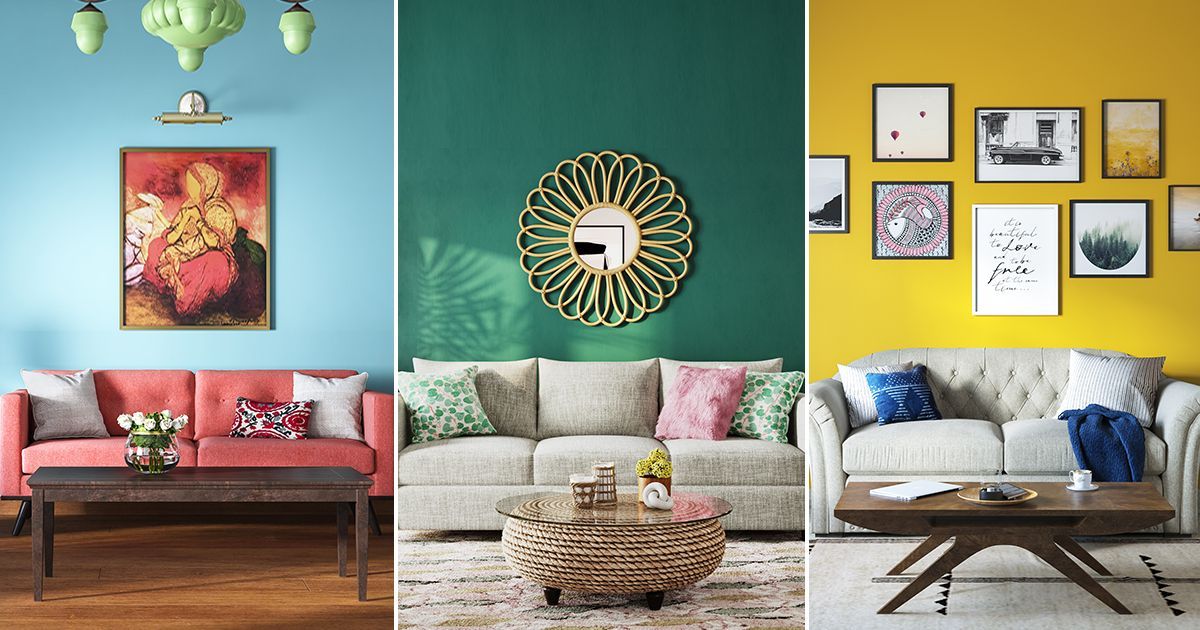Change Your Home With Important Principles of Interior Decoration and Appearances
The art of changing your home with the crucial concepts of interior decoration and looks needs a thoughtful technique that integrates color, equilibrium, and spatial awareness. By understanding the influence of shade concept and the value of texture and patterns, one can produce areas that are not only aesthetically enticing however likewise deeply personal. Accomplishing this stability includes even more than mere decoration; it includes a tactical setup and a keen understanding of how each component communicates within an area. As we check out these foundational ideas, consider exactly how they might redefine your understanding of home and personal expression.
Recognizing Shade Concept
Understanding the concepts of shade theory enables designers to produce rooms that resonate emotionally with owners while satisfying practical requirements. Each category plays a vital role in developing consistency within a space.
The emotional impact of shades is profound; cozy tones such as reds and oranges evoke power and warmth, while great tones like blues and environment-friendlies promote calmness and peace. In addition, making use of corresponding shades enhances visual passion, developing striking contrasts that can boost a space's appeal.
Neutral shades, on the other hand, function as a versatile background, enabling other layout elements to shine. It is important to take into consideration elements such as lights and the room's function when selecting a shade combination, as these can modify the assumption of shades throughout the day.
Ultimately, a well-considered color design can transform an area, cultivating a feeling of comfort and style that lines up with the residents' preferences. Proficiency of color concept is, therefore, an important skill for any type of indoor developer aiming to produce unified and welcoming environments.
Accomplishing Balance in Layout
Exactly how can designers accomplish a sense of equilibrium in their rooms? Attaining equilibrium in style is essential to creating harmonious insides.
Asymmetrical equilibrium, on the other hand, counts on varying components that still attain a cohesive appearance. This technique permits for even more vibrant and informal setups, supplying rate of interest while keeping stability. By meticulously picking differing dimensions, shades, and appearances, designers can produce an aesthetically compelling room that really feels well balanced yet energetic.
Radial equilibrium emphasizes a central focal point with elements radiating exterior. This design is typically seen in circular formats, where furniture and design develop a cohesive border that draws the eye inward.
Ultimately, attaining balance needs thoughtful factor to consider of scale, percentage, and the partnerships in between components. miami interior design. By masterfully using these balance concepts, designers can transform rooms into settings that really feel both aesthetically pleasing and functionally harmonious, boosting the general experience for residents
Importance of Spatial Recognition

A keen sense of spatial recognition allows developers to recognize focal points within a room, directing the audience's attention to key functions while maintaining an overall sense of unity. It additionally aids in the calculated positioning of lights, which can significantly influence the assumption of space and state of mind. Moreover, comprehending spatial relationships enables the designer to deal with the details requirements of occupants, ensuring that each location offers its desired objective without compromising aesthetic appeals.
Ultimately, spatial awareness is vital for taking full advantage of the potential of any type of indoor area. By very carefully thinking about the interplay between dimensions, layout, and feature, designers can produce settings that not just meet sensible requirements however additionally evoke a feeling of convenience and beauty, boosting the overall living experience.
Integrating Texture and Patterns
Accepting a diverse series of textures and patterns can significantly enhance the aesthetic and tactile appeal of an indoor space. The critical use different materials-- such as wood, metal, fabric, and rock-- develops deepness and passion, making a space really feel much more welcoming and vibrant. As an example, combining smooth surface areas with harsh appearances can establish a balance that draws the eye and engages the senses.
When incorporating patterns, think about both scale and rep. Big patterns can function as prime focus, while smaller, subtle styles can match other components without overwhelming the room. Layering patterns, such as pairing flower cushions with striped tosses, includes complexity and a sense of harmony if implemented attentively.
It is additionally crucial to preserve a natural color scheme, making sure that textures and patterns interact as opposed to compete for attention. By choosing a couple of crucial appearances and patterns, you can develop an unified aesthetic that mirrors your my blog individual style while enhancing the total setting of the space. Eventually, the cautious consolidation of these components can transform a mundane room right into an innovative atmosphere abundant with personality and heat.
Individualizing Your Area
Creating a room that shows your individuality is essential to achieving an absolutely welcoming environment. Customization in interior layout permits you to instill your distinct design and interests right into your home, transforming it from a mere shelter right into a sanctuary that talks to that Read More Here you are. Begin by selecting a shade combination that resonates with your feelings-- strong tones can invigorate, while soft tones supply peace.
Incorporate art work and decoration that reflect your interests, whether it be travel, nature, or abstract ideas. Presenting personal collections, such as books, photographs, or keepsakes, can evoke valued memories and produce focal points within an area. In addition, consider tailoring functional pieces, like upholstered furniture, to straighten with your visual choices.

Verdict
To conclude, the makeover of a home via the crucial principles of interior decoration and appearance requires a detailed understanding of color theory, balance, spatial recognition, structure, and customization. Each element adds considerably to creating a harmonious and useful living setting - miami interior design. By thoughtfully integrating these concepts, people can enhance the visual allure and emotional resonance of their spaces, eventually promoting a home that mirrors special identities while providing convenience and usefulness